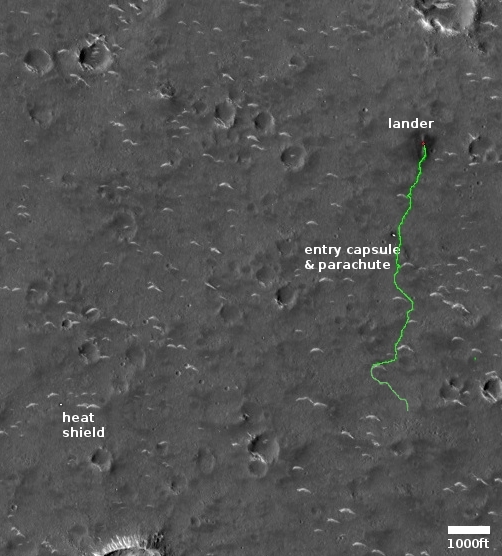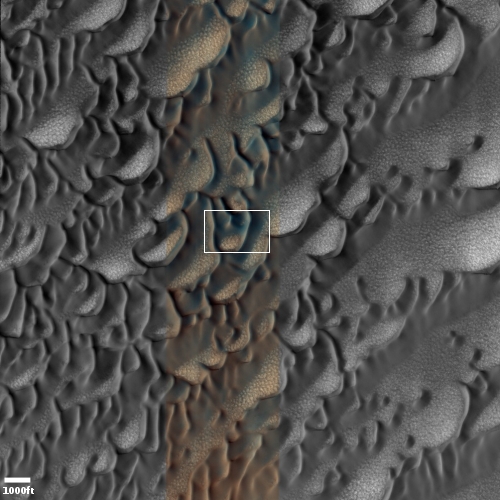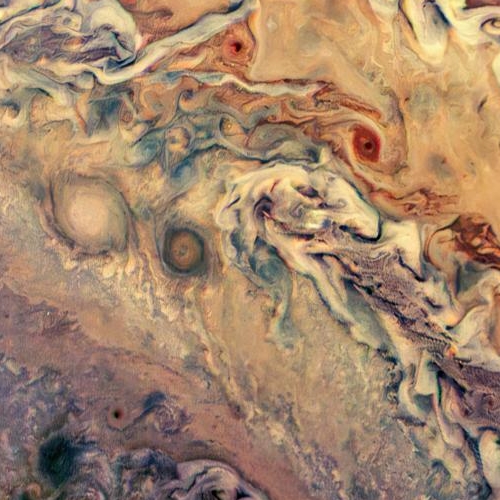Russian anti-sat test creates 1500 more pieces of space junk
In what appears to be a test of Russia’s anti-satellite system dubbed Nudol, a defunct Russia satellite has been blasted into approximately 1,500 pieces by a missile launched from Russia.
Under normal circumstances, Kosmos 1408 would not have approached the International Space Station closely enough to pose a threat, however following the breakup, thousands of individual pieces of debris will have scattered into their own orbits. At least 1,500 pieces of debris from the satellite have already been identified by the United States Space Command. However, many smaller objects will have been generated, which will take much longer to identify. With high relative velocities, even a tiny fragment can cause significant damage should it collide with another spacecraft.
Owing to concerns about the debris cloud, the crew aboard the ISS were instructed to close hatches between the space station’s modules and take shelter aboard the Dragon and Soyuz capsules docked to the station.
According to the story at the link, ISS will cut through the expected debris cloud every orbit.
It is amazing that Russia would perform such a test on a satellite with an orbit that close to ISS’s, especially since there are many pieces of abandoned space junk in lower orbits so that their debris clouds would pose little problem, especially because their orbits would decay quickly.
This test is comparable to the Chinese anti-sat test in 2007, which caused a larger debris cloud that still poses a threat to ISS and other working satellites.
According to the Outer Space Treaty, a nation must control the objects it puts in space so that they pose no risk to others. Both the Russian and Chinese anti-sat tests prove these nations have no respect for the treaties they sign.
In what appears to be a test of Russia’s anti-satellite system dubbed Nudol, a defunct Russia satellite has been blasted into approximately 1,500 pieces by a missile launched from Russia.
Under normal circumstances, Kosmos 1408 would not have approached the International Space Station closely enough to pose a threat, however following the breakup, thousands of individual pieces of debris will have scattered into their own orbits. At least 1,500 pieces of debris from the satellite have already been identified by the United States Space Command. However, many smaller objects will have been generated, which will take much longer to identify. With high relative velocities, even a tiny fragment can cause significant damage should it collide with another spacecraft.
Owing to concerns about the debris cloud, the crew aboard the ISS were instructed to close hatches between the space station’s modules and take shelter aboard the Dragon and Soyuz capsules docked to the station.
According to the story at the link, ISS will cut through the expected debris cloud every orbit.
It is amazing that Russia would perform such a test on a satellite with an orbit that close to ISS’s, especially since there are many pieces of abandoned space junk in lower orbits so that their debris clouds would pose little problem, especially because their orbits would decay quickly.
This test is comparable to the Chinese anti-sat test in 2007, which caused a larger debris cloud that still poses a threat to ISS and other working satellites.
According to the Outer Space Treaty, a nation must control the objects it puts in space so that they pose no risk to others. Both the Russian and Chinese anti-sat tests prove these nations have no respect for the treaties they sign.












